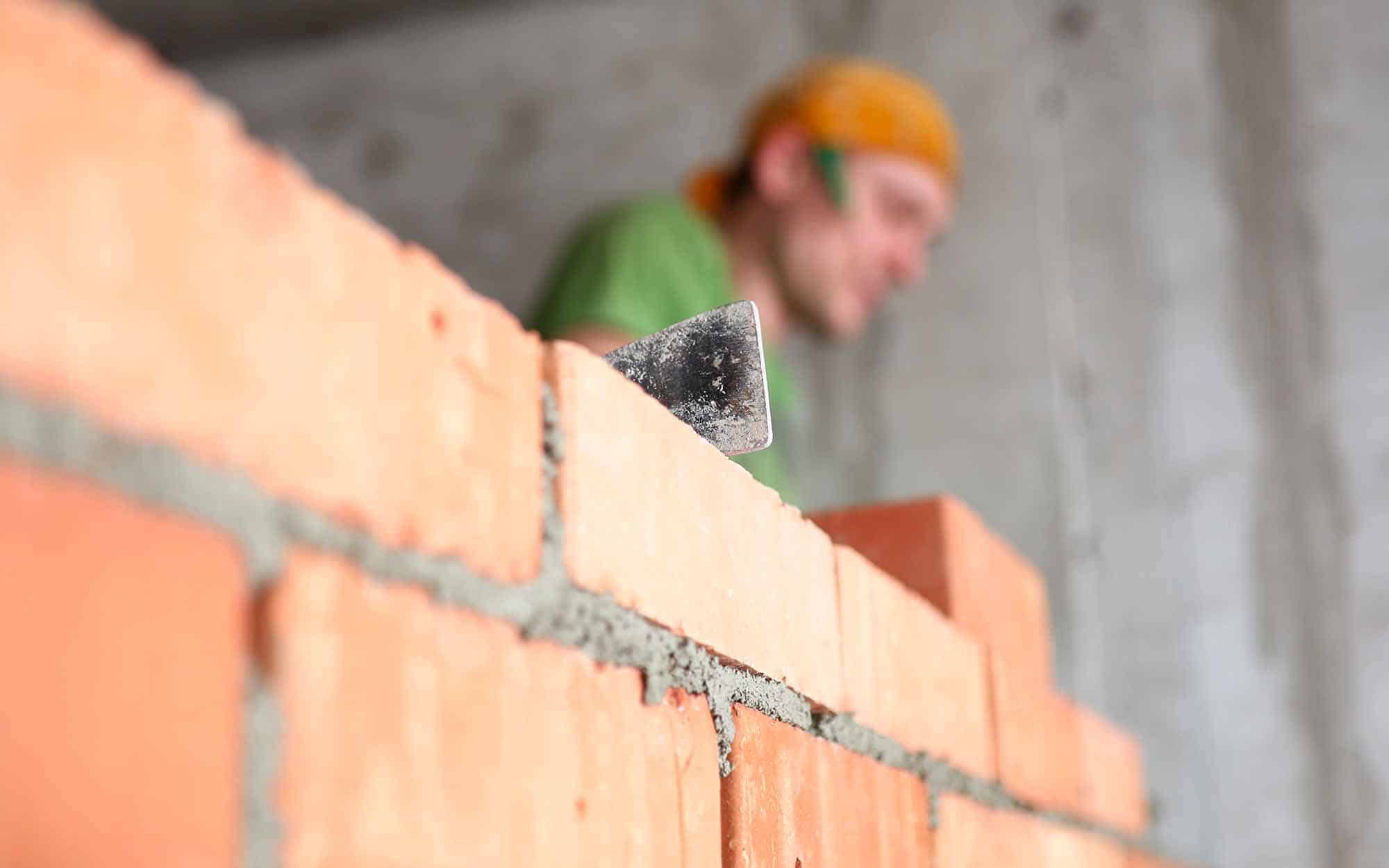Opening the Keys of Lasting Masonry Construction Practices for Eco-Friendly Structures
In the realm of modern-day construction, the search of lasting practices has actually come to be paramount. Amongst the myriad methods to green structure, lasting masonry building stands apart as a tried and true and resilient approach that holds a riches of untapped potential. From the choice of products to innovative building methods, the keys to accomplishing sustainability within stonework building are diverse and fascinating. By checking out the benefits, materials, methods, and future fads of sustainable masonry, a deeper understanding of just how these practices can shape the future of environment-friendly buildings emerges.
Advantages of Lasting Masonry Building
Accepting sustainable stonework building and construction methods not only lowers ecological impact however likewise provides long-lasting economic benefits to contractors and neighborhoods. By using products like recycled bricks, obstructs, and rocks, home builders can dramatically reduce the carbon footprint of their tasks while advertising resource performance. In addition, sustainable stonework building and construction techniques, such as correct insulation and thermal mass buildings, can boost power effectiveness within structures, causing minimized operational expenses gradually.
Furthermore, the toughness and strength of stonework structures add to long-term financial advantages. Buildings created utilizing lasting stonework practices usually call for less upkeep and repair service, converting to cost financial savings for contractors and homeowner. The longevity of stonework materials likewise makes certain that frameworks remain steady and safe, reducing the requirement for constant remodellings or replacements.
Eco-Friendly Masonry Materials
Making use of environmentally friendly masonry materials is an essential action in the direction of improving the sustainability of building and construction practices and reducing environmental influence while making best use of long-term financial benefits. Lasting stonework products are sourced, generated, and made use of in a fashion that lowers total ecological impact. Materials such as recycled bricks, reclaimed rock, and lasting cinder block are coming to be progressively popular choices for eco-conscious contractors. Recycled bricks, as an example, not just draw away waste from garbage dumps however also call for much less power to create compared to brand-new bricks. Recovered stone supplies an one-of-a-kind visual appeal while decreasing the requirement for brand-new quarrying. Sustainable concrete obstructs integrate recycled aggregates and may feature better insulation properties, adding to power effectiveness in buildings.
Moreover, all-natural materials like adobe, rammed earth, and straw bales supply outstanding thermal mass properties, lowering the demand for heating and cooling power. These materials are usually in your area readily available, advertising local economic climates and reducing transportation-related carbon emissions. By picking green masonry materials, building jobs can substantially lower their environmental footprint and add limestone stamped concrete to the development of much healthier, more lasting built settings.
Energy-Efficient Masonry Strategies
Energy efficiency plays a crucial function in enhancing the sustainability of stonework construction methods. By executing energy-efficient masonry methods, building contractors can significantly decrease the general power intake of a structure, resulting in reduced operational expenses and a smaller environmental footprint. One key energy-efficient stonework technique is making use of thermal mass, which includes integrating thick products like concrete or block right into the structure's framework to absorb and save heat. This aids manage indoor temperature levels, decreasing the need for mechanical heating and cooling down systems.

Innovations in Sustainable Stonework
Recent developments in lasting stonework practices have brought about ingenious methods that are improving the building industry. One such development is the growth of self-healing click here to find out more concrete, which makes use of microorganisms embedded within the concrete to heal cracks autonomously. This development not only decreases upkeep costs yet also boosts the toughness of masonry structures, adding to their sustainability.
Another significant innovation is making use of recycled aggregates in stonework building - masonry contractor. By incorporating materials such as crushed ceramic waste or recycled glass right into concrete blends, builders can minimize the ecological influence of construction jobs while maintaining structural stability. This practice not only draws away waste from garbage dumps however additionally conserves natural deposits, making it a key innovation in sustainable stonework building and construction
In addition, the combination of digital layout tools, such as Building Details Modeling (BIM), is revolutionizing the means masonry frameworks are intended and created. BIM enables more exact calculations, reduced product waste, and enhanced energy effectiveness, eventually leading to more sustainable building techniques. These innovations jointly indicate an appealing future for lasting masonry construction in the era of environmentally friendly structures.
Future Trends in Masonry Sustainability
With the cutting-edge strides made in lasting masonry techniques, the future trends in stonework sustainability are positioned to more change the building sector. One of the essential fads forming the future of masonry sustainability is the boosted combination of innovation. Advancements such as Building Information Modeling (BIM) and virtual truth simulations are being utilized to optimize stonework construction procedures, causing lowered material waste and improved power performance in structures.
Furthermore, the advancement of unique sustainable products is set to play a considerable duty in enhancing the eco-friendliness of masonry building and construction. masonry contractor. Developments like company website self-healing concrete, recycled aggregates, and bio-based binders are acquiring grip for their ability to minimize ecological effect while preserving architectural integrity

Final Thought
To conclude, lasting masonry building and construction techniques use numerous advantages for environmentally friendly structures. By using eco-friendly materials and energy-efficient strategies, stonework can add to an extra lasting developed setting. Advancements in sustainable stonework are constantly being established to additionally enhance the environmental performance of buildings. Looking towards the future, the trend of masonry sustainability is anticipated to grow, bring about even more environmentally pleasant and energy-efficient building techniques in the years ahead.